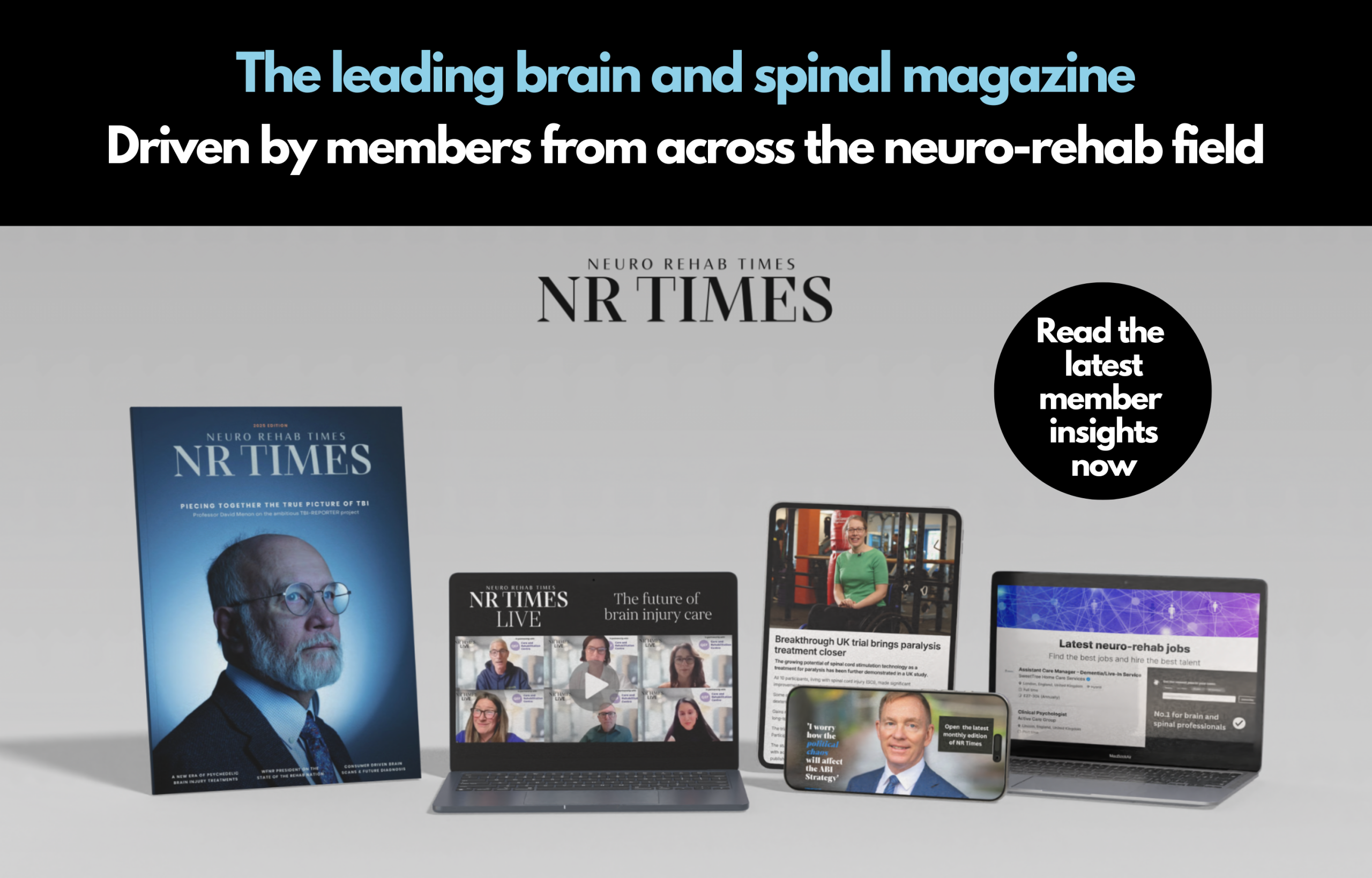Emerging research is exploring the potential of photobiomodulation (PBM) – a light-based therapy targeting the gut-brain axis- as a promising new treatment for Parkinson’s disease.
A recently published clinical trial, conducted on 60 participants in Canada, reported clinically significant improvements in multiple Parkinson’s symptoms following treatment with photobiomodulation (PBM) therapy.
The results, presented last month at the International Parkinson’s and Movement Disorder Society Congress in New York, build on previous small-scale studies suggesting that light therapy, particularly when applied to the gut, can benefit both motor and non-motor symptoms in the disease.
Now, researchers at Newcastle University are launching the largest trial yet of PBM in Parkinson’s, to assess the therapy and better understand its potential benefits and place in routine care.
The gut-brain axis in Parkinson’s
Parkinson’s is one of the fastest-growing neurodegenerative diseases, thought to affect over 12 million globally, a figure that is expected to double by 2040. But treatments remain limited to symptom management, with medications often coming with challenging side effects of their own.
“There is no disease-modifying cure, and there are very few interventions that actually work without very severe side effects,” says Dr Wayne Markman, CEO and co-founder of SYMBYX Biome, the Australian medtech company behind the medical-grade laser device being used in the trials.

Dr Wayne Markman
“Parkinson’s medications are now 65 years old, and only control a few symptoms for some time, so it’s transient, and once it wears off, you’re back to square one.”
PBM uses non-invasive red and near-infrared light to target cells, stimulating mitochondrial function to improve bloodflow, and reduce oxidative stress, which is thought to lead to better cell repair, reduced inflammation, and to have a neuroprotective effect.
It is considered to be a drug and side-effect-free, but effective way of managing several chronic pain conditions and aiding sports recovery.
SYMBYX’s has developed a device which builds on this, combining PBM with an understanding of the importance of the gut-brain axis in chronic diseases, especially “body-first” Parkinson’s.
While the condition is often recognised by movement-related symptoms such as tremor and muscle stiffness, many people also experience non-motor symptoms, including digestive problems, sleep issues, loss of smell, depression, and anxiety, often years before they are diagnosed.
There is now a growing body of evidence linking gut dysfunction to disease onset and the role that oxidative stress plays in damaging cells of the nervous system, leading to symptoms.
Growing prevalence of Parkinson’s
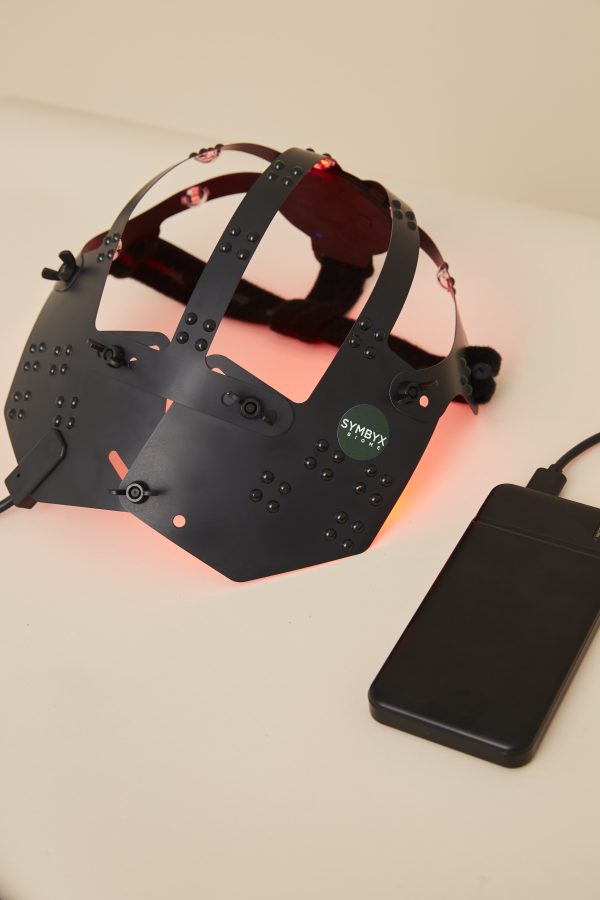 While it is often labelled as an age-related disease, Parkinson’s is becoming increasingly diagnosed among younger people, with a growing body of evidence suggesting that it is heavily linked to environmental factors.
While it is often labelled as an age-related disease, Parkinson’s is becoming increasingly diagnosed among younger people, with a growing body of evidence suggesting that it is heavily linked to environmental factors.
One US study found that people living near golf courses had a 126 per cent higher risk of developing Parkinson’s due to groundwater contamination by toxic pesticides, while a separate study also found an elevated risk among French vineyard workers.
“Parkinson’s is considered an ‘old white man’s disease’, but that is far from the truth,” says Markman.
“Its prevalence is growing much faster than the population is ageing, suggesting it’s not an age-determined condition.
“There’s a large young-onset community, with people being diagnosed in their 20s and 30s.”
Some of the world’s leading neurologists working in the field have written about how Parkinson’s may actually be a “man-made disease”, resulting from chronic inflammation from an autoimmune response to a foreign toxin in the gut.
This leads to the misfolding of the alpha-synuclein proteins, a common indication of Parkinson’s, that can appear in the gut years before any brain symptoms start to develop.
This causes damage to the gut lining, the blood-brain barrier, and ultimately, spreading via the vagus nerve, degeneration in the part of the brain that controls movement.
“We know from a significant quantity of research that it is heavily influenced by environmental factors,” Markman continues.
“Only 10 per cent of cases are thought to be caused by a genetic defect. There is a very credible group of scientists and world-leading neurologists who are now calling it a man-made disease.”
The role of light therapy in Parkinson’s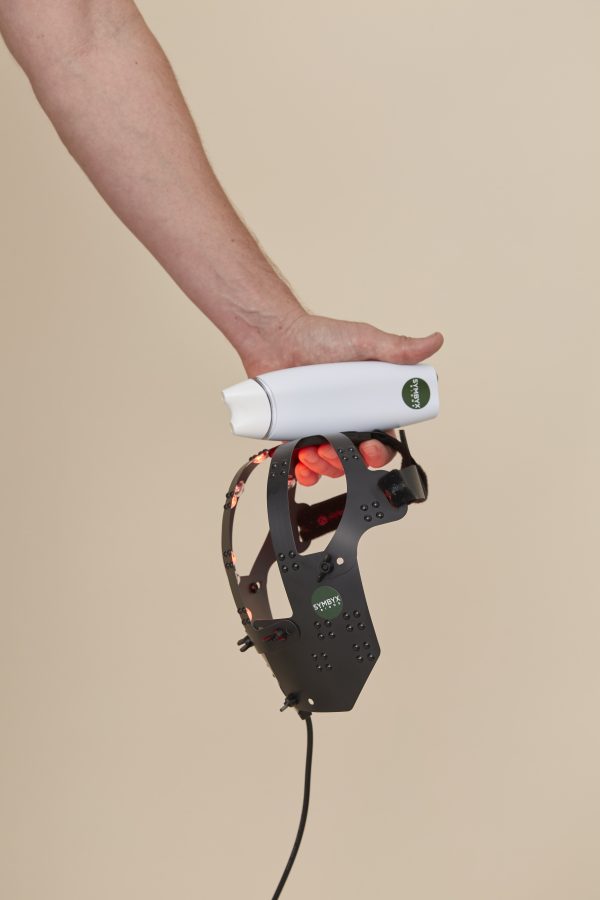
Led by Professor Nicola Pavese, a leading neurologist and movement disorder expert at the Clinical Ageing Research Unit (CARU) in Newcastle upon Tyne, the double-blind placebo-controlled study will involve more than 80 participants receiving PBM treatment over six months.
As well as tracking improvements in both motor and non-motor symptoms, such as tremors, balance, sleep, and mood, researchers will also collect and analyse gut microbiome samples from each participant.
Given the outcomes of earlier studies, SYMBYX is confident that the trial will show a reduction in inflammation and improvement in symptoms and quality of life among participants.
“There is already published data around the world on the role of light for Parkinson’s, but this will be the largest and will address many of the medical community’s concerns around size, placebo, and effect,” Markman says.
“We know it works. What we’ve got to do now is to prove it on a larger scale.”
At the same time, researchers at the University of Leeds are conducting further investigations into the mechanisms of action behind PBM in Parkinson’s.
One particular area of exploration is whether it can enhance the effectiveness of the current standard medications like Levodopa by reducing gut inflammation and improving absorption.
Currently, only around five to 10 per cent of orally administered Levodopa reaches the brain, with the majority being metabolised in the periphery, leading to common negative side-effects such as nausea and dyskinesia.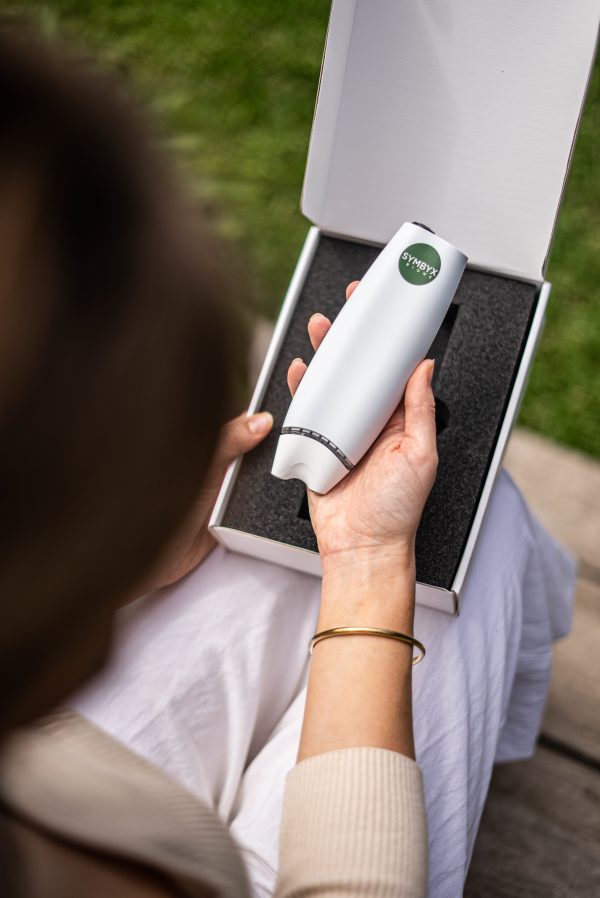
In advanced Parkinson’s in particular, the number of viable dopaminergic neurons decreases, reducing the conversion of Levodopa to dopamine in the brain, and contributing to the “wearing-off” phenomenon and fluctuations in motor symptoms.
“We know from the research that only about 10 per cent of the drug survives the stomach, the gut, the digestive system, and crosses the blood-brain barrier in the chemical form,” Markman explains.
“We are measuring the concentration of medication in the gut before and after the laser, and seeing if it’s in the form that can cross the blood-brain barrier, thereby making the medication more effective.”
He adds: “This would have massive implications for everyone around the world taking medication for Parkinson’s.”
Expanding the scope of PBM in chronic illness
As well as Parkinson’s, SYMBYX is targeting other chronic conditions where inflammation is a common denominator, such as inflammatory bowel disease (IBD), multiple sclerosis (MS), and Alzheimer’s. The company is currently running a clinical trial of PBM in IBD, which shares a similar inflammatory profile to Parkinson’s, with research now showing IBD patients are at an increased risk of developing the disease.
“We want to be far more focused on serious conditions that are overlooked or under-resourced,” says Markman.
““We took a pre-existing technology and creatively applied it to a new problem. The common profile of Parkinson’s, Alzheimer’s, MS, IBD, and even rheumatoid arthritis is an immune response to a stimulant. We know that light affects our immune response, and we can use it to change the way our anti-inflammatory response works, and that’s very powerful.”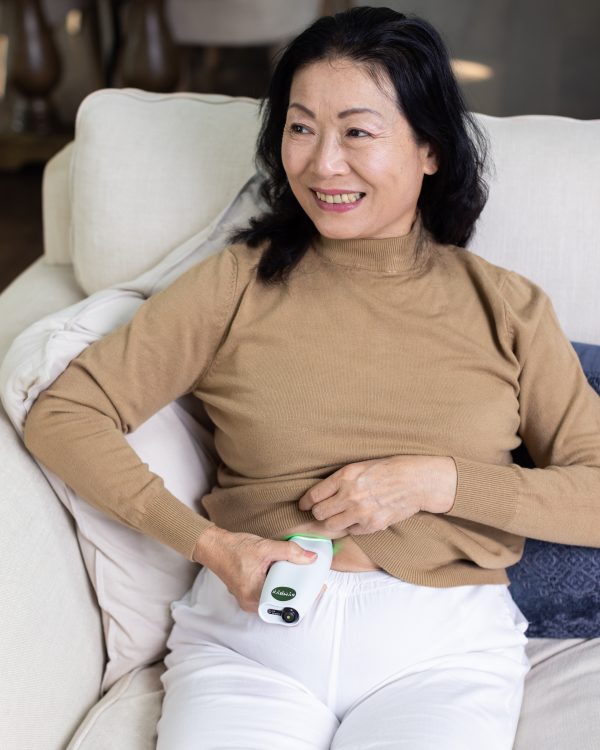
The other benefit of PBM is its high safety profile, which has enabled SYMBYX to secure approval for over-the-counter use in the UK, EU, and Australia, giving the company a revenue stream while it pursues clinical trials.
In Australia, it is currently assessing the efficacy of light therapy in conjunction with exercise, and a large-scale clinical trial is underway in Shanghai, where it hopes to seek approval from Chinese regulators, giving it access to the market with the highest prevalence of Parkinson’s disease in the world.
While research gets underway in the UK, SYMBYX is already working with leading charities such as Parkinson’s UK to bring this device to patients, with the ultimate goal of making PBM a standard pathway in the treatment of the condition, giving patients the option of a non-pharmaceutical intervention through the NHS.
“Parkinson’s has been very under-resourced, and the limitations of current treatments mean patients are grossly dissatisfied,” Markman adds.
“This has come along at the right time, and we want it to be the mainstream, standard of care for people with Parkinson’s.”
This was shown first on: https://nrtimes.co.uk/is-light-therapy-the-new-frontier-in-parkinsons-treatment-2/
